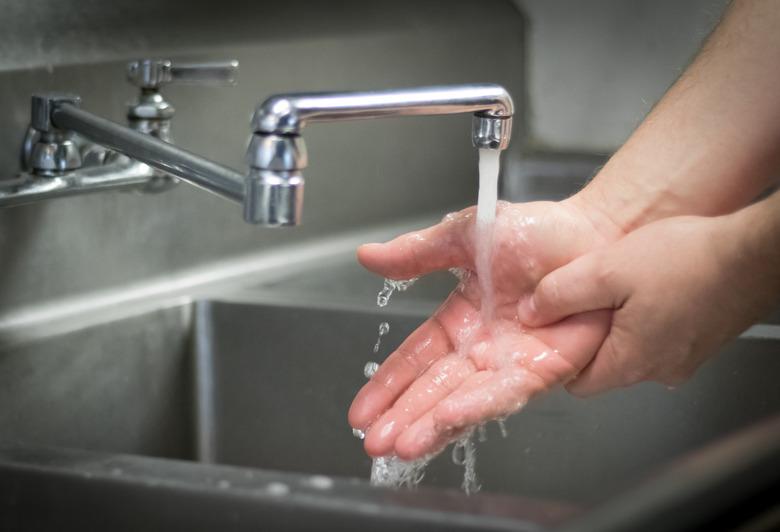How To Use A Three-Compartment Sink
A three-compartment sink is a common sight in restaurant kitchens. It makes it easier to hand-wash and sanitize dishes using each of the three basins for each step of the process. However, you don't have to own or manage a restaurant in order to use a three-compartment sink. If you have a busy, bustling home kitchen, you may enjoy the versatility offered by this large sink. Here are some tips for using a three-compartment sink.
Three-Compartment Sinks in Restaurants
Cleaning and sanitizing utensils and cooking equipment in restaurants happens on such a regular basis, it would be all to easy to rush through it. But to maintain high food safety standards, it has to be done correctly and impeccably each and every time. A three-compartment sink ensures that each step in the process is met, but of course, the dishwasher still needs to pay attention to procedure.
Not only is food safety on the line, but customers will also notice if dishes, utensils or glasses still have food particles on them. That's why the first step in the process is to scrape large chunks of food off the dishes into the trash and soak and scrub the dishes in hot (110 degrees Fahrenheit), soapy water in the first basin of the three-compartment sink.
The second basin should also be filled with water at 110 degrees Fahrenheit. This is the rinse compartment, and the water should be drained and refilled when it starts to look cloudy. The third and final basin is for sanitizing, which removes any remaining germs or microbes.
Setting Up the Sanitizing Compartment
The sanitizing basin needs special attention in order to make it effective. Simply swishing some sanitizer into hot water doesn't suffice. Follow the manufacturer's directions to ensure the water is the correct temperature and that the proper amount of sanitizer is used. The dishes may also need to stay in contact with the sanitizer for a certain amount of time.
Use dishwashing gloves to protect your hands from prolonged contact with the sanitizing solution. After sanitizing, the dishes should be air-dried for best results.
Using a Three-Compartment Sink at Home
You can choose to use a three-compartment drop-in sink in your home kitchen if you'd rather hand-wash dishes. You can skip the sanitizing step if you prefer and set up a soak station, scrubbing station and rinse station for a streamlined dishwashing process. You can even set up a three-compartment sink with drainboards used to air-dry the dishes.
But you can also take advantage of the three compartments in other ways. Most notably, a three-compartment sink is incredibly useful for home gardeners who want to wash produce. Set up several rinse basins to dunk and swish leaf or root vegetables in successively cleaner water rather than draining the dirty water and filling it up again over and over or running the tap for minutes on end.
Finally, a three-compartment sink offers versatility that you can't find in one- or even two-compartment kitchen sinks. If you've ever tried to drain a pot of pasta only to realize you still have a sink full of dirty dishes soaking in soapy water, you've surely wished you had another compartment to use. With a three-compartment sink, you can have fresh produce soaking in a sanitizing solution in one compartment, dirty dishes soaking in another and still have a basin free for handwashing and general use. Just don't forget to clean out the basins before using them to wash food.
